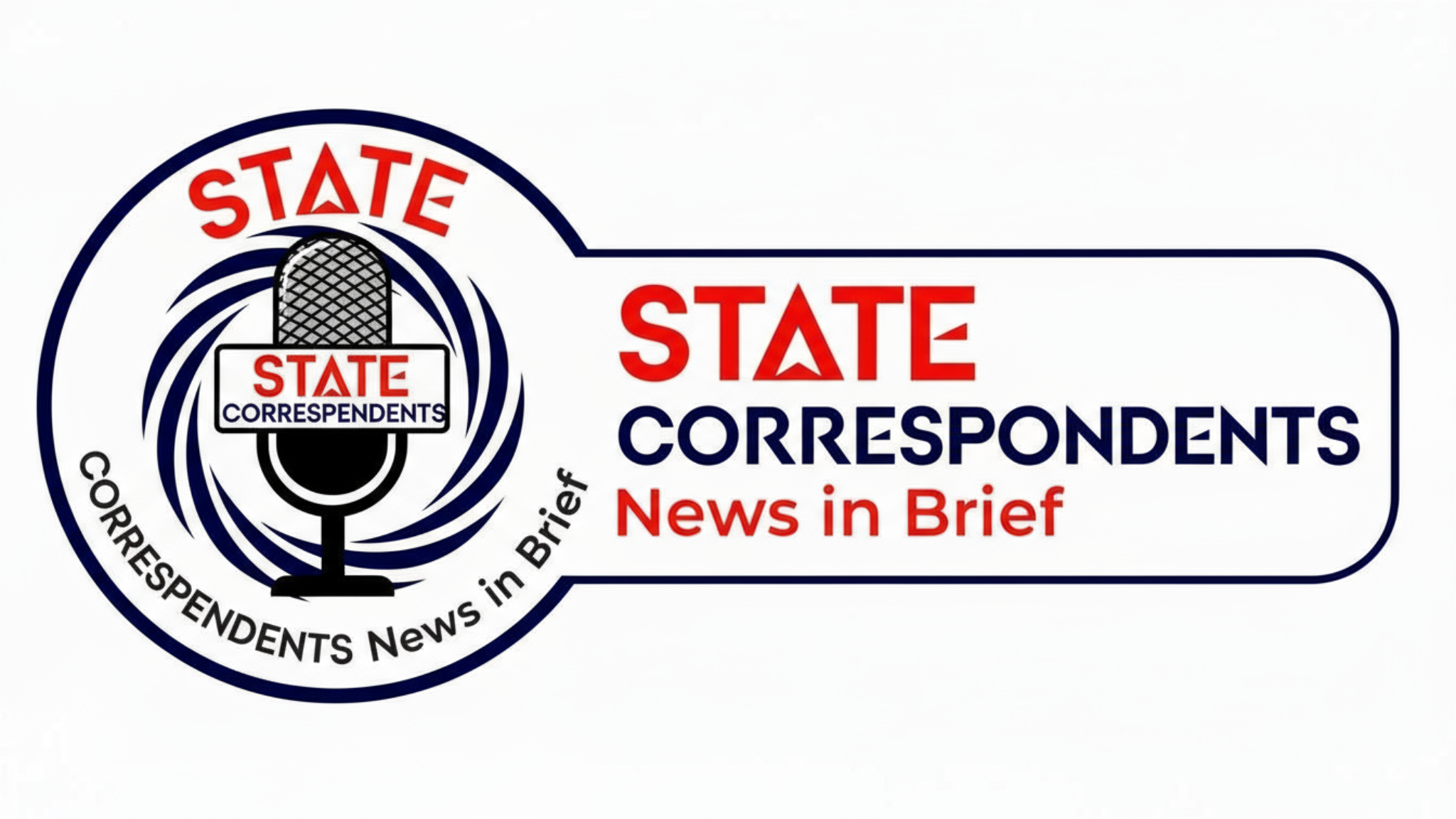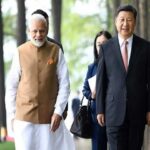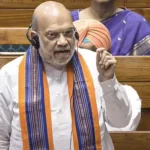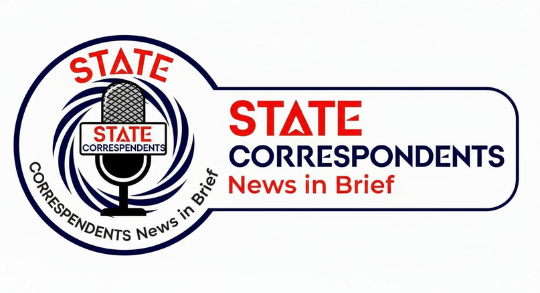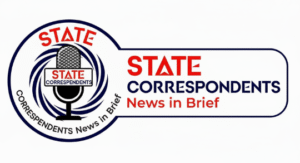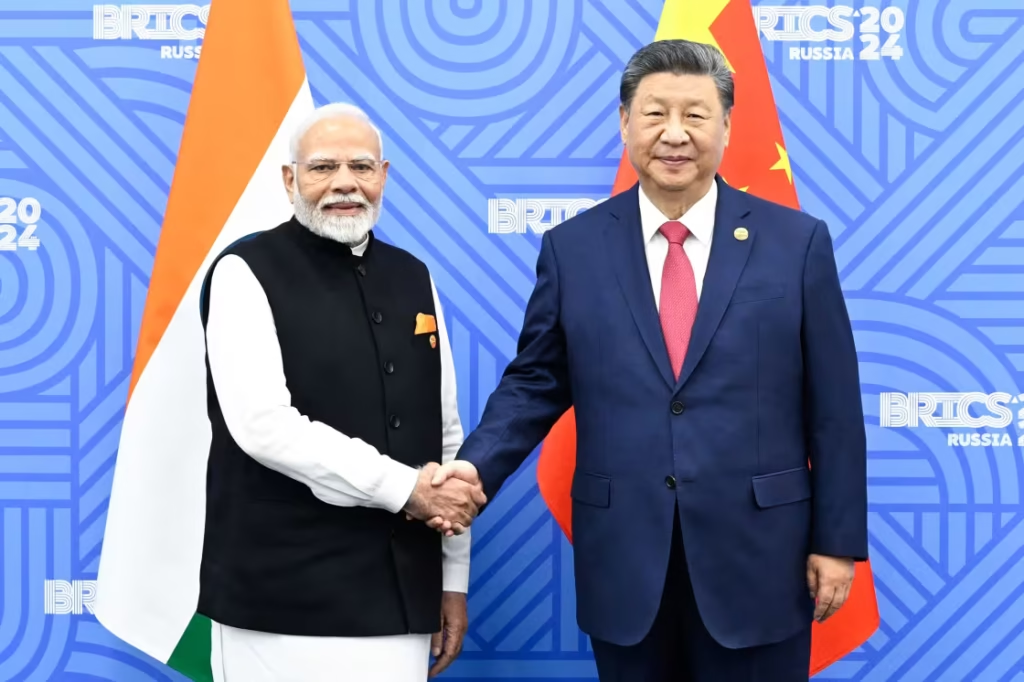
Prime Minister Narendra Modi undertook significant diplomatic engagements, including a historic visit to China aimed at mending strained bilateral ties after years of tension. Modi’s visit marks a strategic pivot as India and China pledge to be “partners not rivals,” signaling a cautious thaw in relations amid geopolitical challenges and global economic shifts.
Concurrently, Modi participated in the 15th India-Japan Annual Summit in Tokyo, where he discussed advancing strategic partnerships in technology, health, and trade cooperation. These efforts underscore India’s focus on regional collaboration to bolster security and economic growth in the Indo-Pacific region.
Economically, India faced new hurdles with the Trump administration imposing steep tariffs of up to 50% on Indian imports to the U.S., pressing New Delhi to diversify export markets and enhance domestic demand. Despite these tensions, India’s economy showed resilience with a 7.8% growth rate in the April-June quarter.
Domestically, the government is addressing critical concerns such as flood management following monsoon-related disasters in northern states, while expanding infrastructure for persons with disabilities and enhancing electric vehicle infrastructure along key corridors.
The month also saw political friction, with opposition states warning of revenue losses from proposed GST changes and debates over the strategic partnership with the U.S. India’s evolving role on the global stage remains pivotal as it balances economic opportunities with regional diplomacy.
